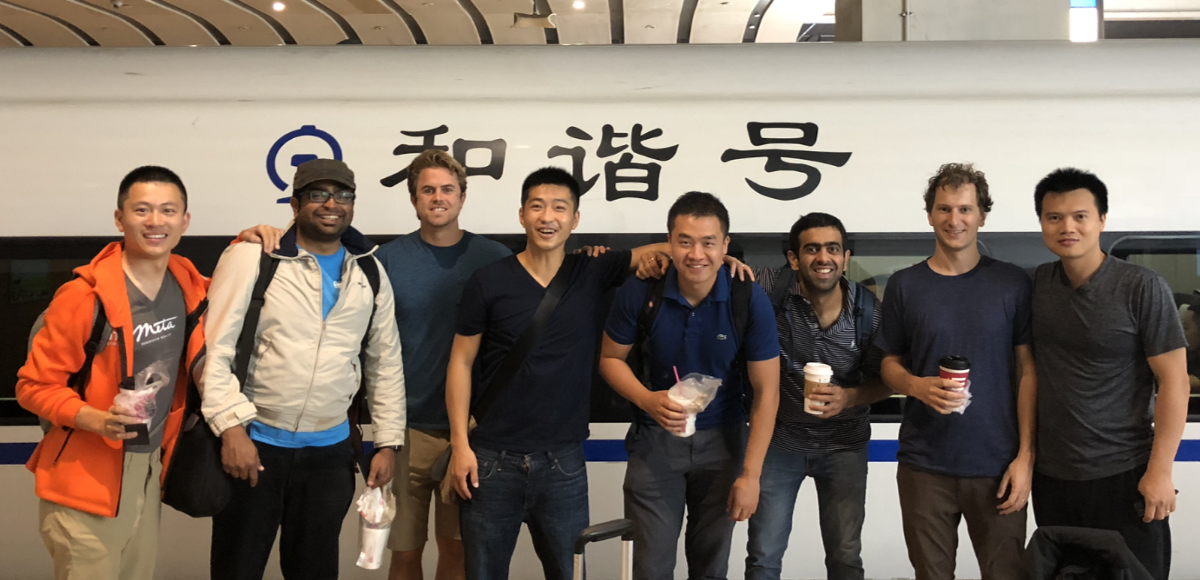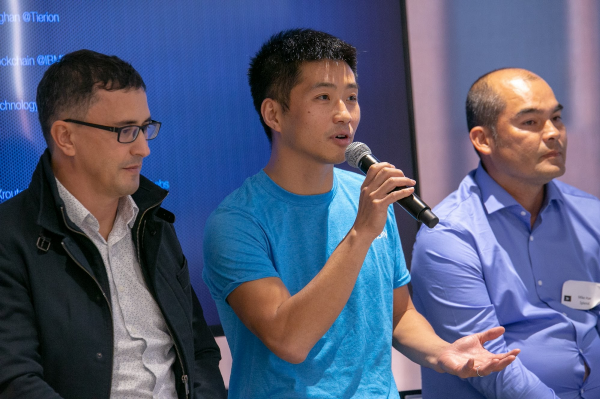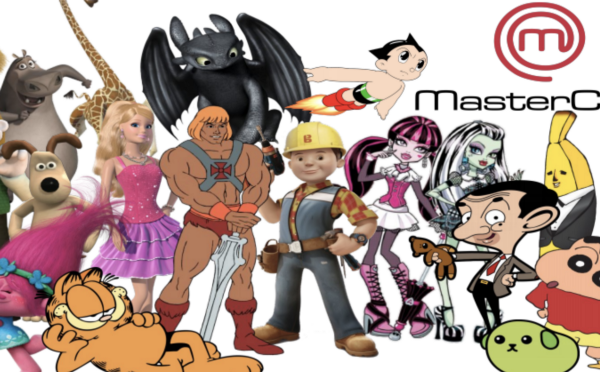
Harmony Project Update 2018–10
April 06, 2019
Dear investors and friends,
Since our last newsletter, we have spoken at 20+ events in Asia and Silicon Valley. As we move towards launching our testnet by the end of this year, we are now focusing on scaling smart contracts via sharding.

We found a train with our name on it!
We packed in 100+ meetings during our 3-week Asia tour and at San Francisco Blockchain Week.
Our main talk, Scaling via Systems and Language Design, at CESC (by Blockchain at Berkeley) covered our approach for bringing research results to large-scale production. There we urged that smart contracts must be _safe, easy and fast _to write for mass adoption of decentralization.

In the coming weeks, we are designing our testnet architecture, integrating Omniledger + Rapidchain + Chainspace, for sharding with consensus and contracts (see our research notes).
In particular, the following novel approaches by the top researchers stand out. Arbitrum: Scalable, Private Smart Contractsinvents a virtual machine that supports the bisection protocol for O(1) verification. Blockmania: from Block DAGs to Consensus Simultaneously _achieves O(N²) message complexity compared to O(N⁴) for PBFT. [PolyShard](https://arxiv.org/pdf/1809.10361.pdf): Coded Sharding Achieves Linearly Scaling Efficiency and Security _matches the theoretic upper bound Θ(N) for sharding security.
We have vastly expanded on our low-level architecture. In our technical blog Harmony’s Networking Story, _we explain our approach using _HIPv2 (id/loc, discovery, mobility, multi-homing, NAT traversal), RaptorQ (reliable, efficient multicast/unicast), and UDP Transport (with DCCP/QUIC-inspired congestion control).
Harmony recently engaged in a mutual investment partnership with Animoca, a publicly traded developer and publisher of internationally recognized mobile games and brands including Garfield, Doraemon and Astro Boy. We share Animoca’s vision that gaming will drive large scale adoption for blockchain technology. Blockchain enables new features for games such as true ownership and transferability of in-game items and currencies, and provably fair game mechanics. Moreover, these features can be deployed into games with existing user bases for immediate adoption rather than starting from scratch.

During one late-night walking the streets in Shanghai, the team came up with the Chinese translation of our project name Harmony: 和梦俪. The word 和(hé) means join and share, 梦(mèng) means dream and vision_, while _俪 (lì) means people and together. The meanings embody our company culture and values.
Lastly, we need your help on hiring mathematicians to solve PolyShard and Zexe!
Stephen Tse
Harmony CEO